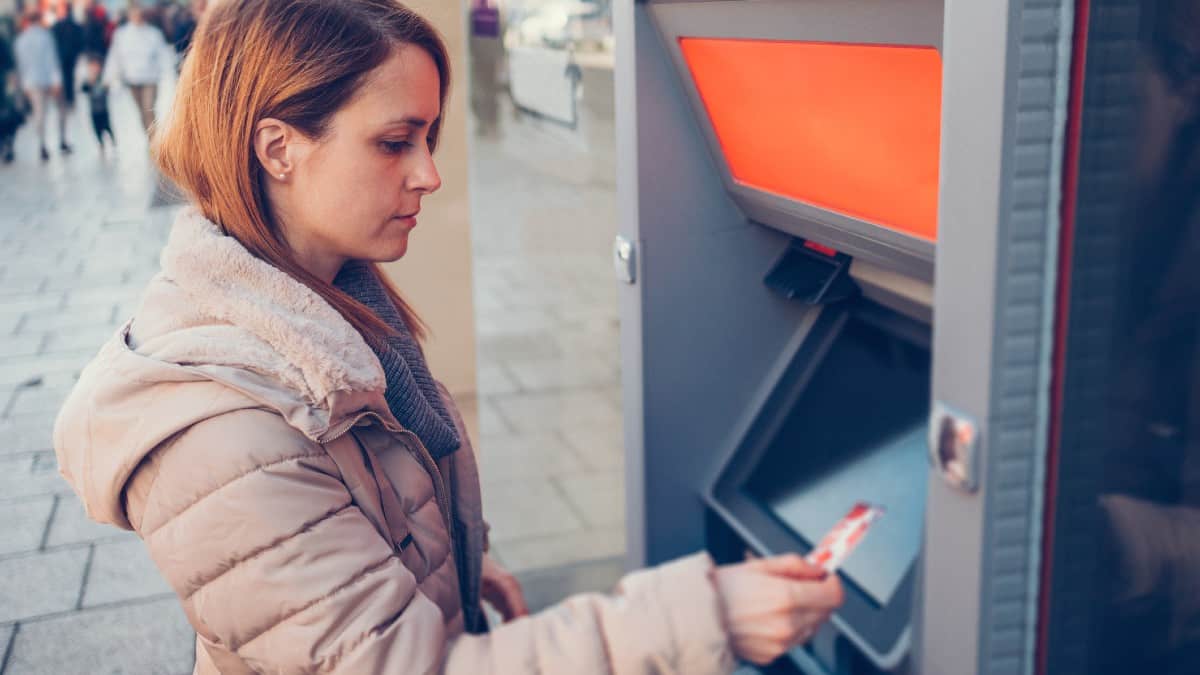FTSE 100 ‘Big Four’ bank NatWest (LSE: NWG) paid a stunning dividend yield last year of 11.4%.
At that rate, a £10,000 investment could make me £1,140 per year. Over 10 years, I could have made £11,400 in passive income, on top of my £10,000 investment.
This would not include further gains from any reinvestment of dividends or share price appreciation. It would also not account for any tax liabilities or share price falls, of course.
Striking as well for me is that this mammoth final payout followed just a modest interim payment of 3.5p.
The interim payment for the first half of this year was 5.5p. A share buyback programme of up to £500m is also set to begin in H2. This will be in addition to the £1.3bn directed buyback completed in Q2.
And these announcements followed much better results for the period than the same time last year. This indicates to me that another big payout might be in the offing for the full year.
Bumper H1 profits
Specifically, the bank made a pre-tax profit of £3.6bn in H1, compared to £2.6bn in H1 2022.
This was mainly due to the big difference between earnings from loans given out and payouts for deposits taken in. This strong ‘net interest rate margin’ (NIM), in turn, resulted from ongoing high interest rates required to combat rising inflation.
Sure, inflation has eased over the previous three quarters, from 11% last October to under 8% in June. But it has been suggested that UK interest rates could keep rising until at least the end of H1 2024.
So banks’ NIMs should continue to grow. In NatWest’s case, its H1 figure was 3.2%, compared to 2.58% in H1 2022.
One risk in the shares is that this margin reduces quicker than analysts’ consensus expectations, so reducing profits. Another is a major financial crisis that might threaten investor confidence in the stock. And another is further publicity missteps, following the mishandling of former politician Nigel Farage’s account with NatWest’s private bank Coutts.
Implicit state guarantee
A factor that partly mitigates the first two of these risks in my mind is its ‘Big Four’ bank status.
As highlighted during the Great Financial Crisis (GFC), the UK government stepped in to support these big banks where necessary. They were, and are, seen as too important to the economy to be allowed to fail.
In NatWest’s case, the government still has a 38.6% stake in the bank. This I see as an additional surety to add to its already robust capital base.
After the GFC, UK banks were pressured into maintaining core equity (CET1) capital ratio requirements of over 10%. NatWest’s CET1 was 14.4% at the time of March’s failures of Silicon Valley Bank and Credit Suisse.
The Big Four are also regularly stress-tested by the Bank of England’s Prudential Regulation Authority. And all their riskier trading activities have been siloed away from their retail activities.
I already have holdings in the UK banking sector of the FTSE 100. But if I did not then I would buy NatWest now for its huge passive income potential.
This is supported by its robust business and capital base, in my view. I also believe high interest rates up to and after H1 2024 will provide it with an ideal operating environment.








